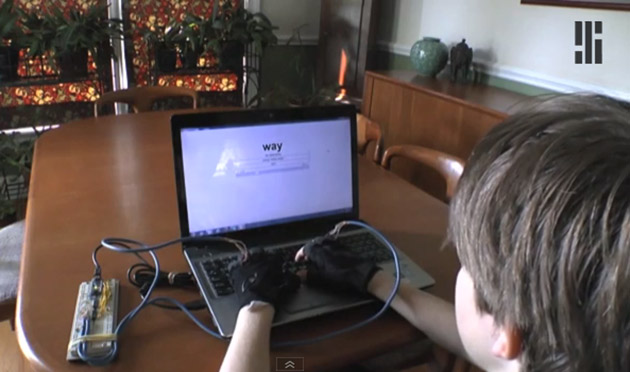
It’s been a bad week for commercial space flight. Earlier this week, the Antares rocket developed by Orbital Sciences Corporation exploded on takeoff and now Virgin Galactic’s SpaceShipTwo is confirmed destroyed. Unlike SpaceX’s Dragon or the Antares rocket, SpaceShipTwo was designed to be lifted to launch altitude by the purpose-built transport aircraft, White Knight Two.
It’s currently being reported that one of the two pilots was killed, while the other is being treated for serious injuries, but as with most sudden-event reporting, a great deal of contradictory information is still zinging around the airwaves. Some reports indicate neither pilot has been found, while the BBC is claiming one is still alive.
Virgin’s official Twitter account noted the initial release at 10:07, the ignition of the rocket seconds later (same time stamp) and officially noted the explosion (defined at that point as an “anomaly”) at 10:13 AM. All reports indicate that the explosion happened relatively soon after engine ignition.
Meanwhile, photos of the wreckage have already surfaced online:
As anomalies go, that one is a doozy. Virgin is promising an update and statement, but has only said it will work with authorities to investigate the spacecraft’s destruction and is principally concerned with the fate of the two pilots.
Today’s launch was supposed to be a triumphant return to powered testing for the first time since January. Earlier this month, Virgin Galactic conducted successful unpowered test flights of the suborbital spacecraft and had even joked about taking Richard Branson into space as a Christmas present. The company has drawn the ire of critics who claimed its much-publicized pre-sales events, in which celebrities and the rich and famous paid to reserve seats on hypothetical flights, were little more than fundraising efforts on the backs of credulous enthusiasts.
The original SpaceShipOne won the coveted Ansari X Prize for successfully reaching space twice in two weeks; SpaceShipTwo was based on that design. Virgin Galactic had previously hoped to begin manned flights within 2015, but that effort will likely be halted as all eyes turn to post-launch analysis and disaster response.






























